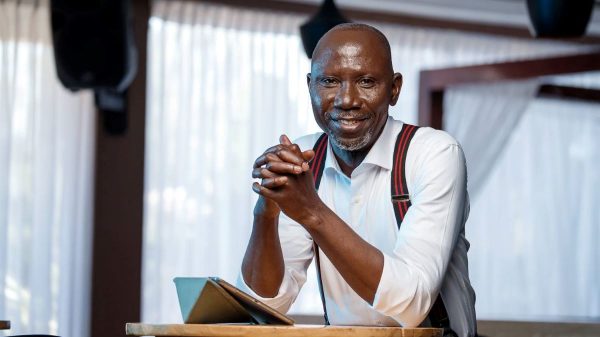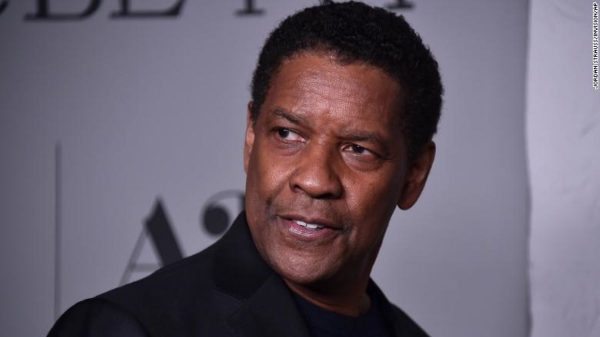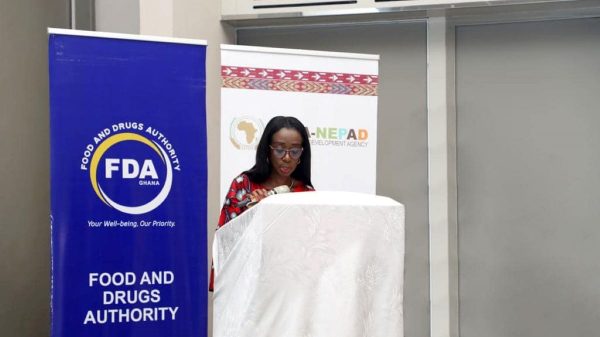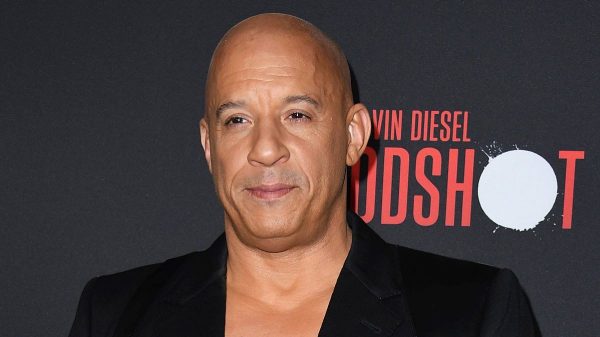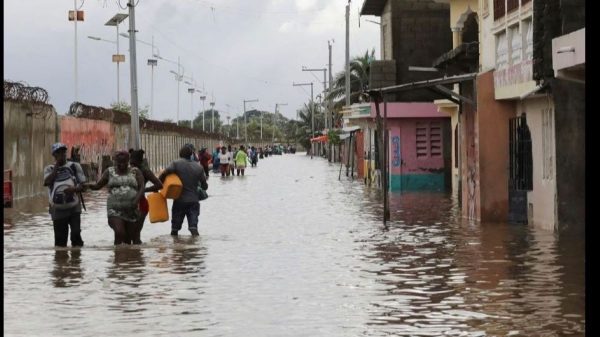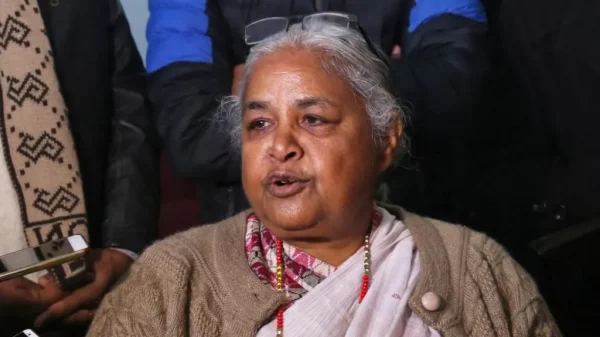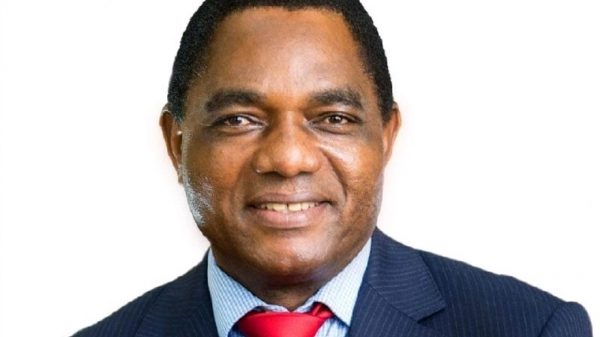The term “social impact era” may very well be new to some and very familiar to others. It first began to gain global popularity during or around the time of the global financial crises between the years 2007 and 2009. These financial crises occurred when banking systems and global financial markets underwent a never-before great deal of tension and pressure. The actual cause and catalyst were the US housing markets crashing and coming to what appeared to be an abrupt and shocking halt.

It was recorded that millions and millions of people lost their jobs all in one fell swoop. In addition, several banks worldwide had to rely on their governments for fiscal and financial bailouts to avoid nearly equally destructive bankruptcy issues. This was the most severe global economic shakeup since the Great Depression in the 1930s. (The Global Financial Crisis | Explainer | Education, n.d.)
Now that we know the core impetus that sets the world of social impact in motion let us examine what it is.
WHAT IS SOCIAL IMPACT?
Social impact occurs when activities, projects, or programs create a positive change in the lives of people, usually low-income people, within a community. This positive impact ideally tackles and ameliorates or solves a crucial social challenge.
Social Impact rarely occurs through fate or sheer luck – it is a structured, intentional, well-executed list of activities with lucid goals to meet and a theory of change to prove.
Social Impact plays an exceedingly crucial role in ensuring that low-income communities and Persons of Concern (including asylum seekers, people living below minimum wage, refugees, stateless people, unaccompanied minors, migrants, et cetera) are given back their agency, have their human dignity restored to them, and are afforded opportunities that are often purposed to facilitate economic inclusion and social cohesion.
In short, social impact is clutch for those who may be temporarily or situationally brought low in society. But, of course, this also applies to deprived/low-income communities.
WHY IS SOCIAL IMPACT NECESSARY?
Social impact is not simply another captivating term that happens to be in vogue for the time being – It is certainly not about to disappear around the bend at the slightest push. Au contraire, it is here to stay!
Social impact has several arms and interests across a plethora of industries and within a myriad of offices (big and small) all over the globe. Even within the business of the corporate world, social impact is often in the form of ESG (Environmental, Social, and Governance).
Now ESG defines, measures, and tracks a company’s adaptability, confluence, and contribution to some of the world’s most pressing issues in the areas of the environment.
- Environmental: reducing, delaying, and halting the effects of climate change on our planet;
- Social; the welfare of actual individuals, actual groups of people, and actual communities that are in peril; and
- Governance; internal corporate structures and external corporate/governmental structures that collaborate with all parties and elements involved to strengthen and safeguard the regulations that keep the processes functional, competent, and competitive.
ESG metrics are used by socially conscious investors who, through these (ESG) metrics, can better determine where or with whom to invest (for the continued benefit of Persons of Concern and low-income or impoverished communities). The CFA Institute had the following to say concerning investors and ESG investing:
“Investors are increasingly applying these non-financial factors as part of their analysis process to identify material risks and growth opportunities. ESG metrics are not commonly part of mandatory financial reporting, though companies are increasingly making disclosures in their annual report or in a standalone sustainability report. Numerous institutions, such as the Sustainability Accounting Standards Board (SASB), the Global Reporting Initiative (GRI), and the Task Force on Climate-related Financial Disclosures (TCFD) are working to form standards and define materiality to facilitate the incorporation of these factors into the investment process“ (ESG Investing and Analysis, n.d.)
THE IMPORTANCE OF THE CRAFT?
The works of social impact include things such as social justice matters. Most of them include:
- Gun violence: This pandemic of gun violence has arguably interfered with the peace of nations, including the United States (the many mass shootings cannot be ignored), the Congo, and numerous Middle Eastern nations like Iraq and Syria. The prevalence of gun violence has led healthcare specialists in nations like the US to classify it as a public health problem.
- Refugee crises: Just over a decade ago, the UNHCR recorded a registered number of 10.55 million refugees (UNHCR Global Trends 2010, 2010); today, according to UNHCR, there are 26.6 million registered refugees (The Largest Refugee Crises to Know in 2022, 2022). This number is on a steady rise each year!
- Climate change: In our coldest places, ice caps are melting. Coastal communities are seeing rising sea levels. Each passing year, the planet warms, and storms get more intense.
- Civil rights and racial discrimination: Racism has been on the rise. In several places worldwide, minority groups, such as black and brown people, Asians, Latinos, et cetera, are fighting for their lives as they battle racial injustice, discrimination, and race-based violence and homicide (Richardson et al., 2022).
- Childhood obesity: In the United States alone, it is reported by the Centres for Disease Control (CDC) that 1 in 5 children suffers from obesity. This condition leads to poor health, susceptibility to heart-related illnesses, high blood pressure, et cetera (Childhood Overweight & Obesity | Overweight & Obesity | CDC, 2022).
- Healthcare availability: This is one of the most pervasive issues we face today; it affects and potentially affects everyone on the planet. According to the World Head Organization (WHO) and the World Bank, approximately half of the world’s population lacks essential healthcare services. Some 100 million people are pushed into extreme poverty due to health expenses (World Bank and WHO: Half the World Lacks Access to Essential Health Services, 100 Million Still Pushed into Extreme Poverty Because of Health Expenses, 2017).
ANYONE CAN INFLUENCE SOCIETAL IMPACT.
Practically, anyone can become a catalyst for social impact. One only needs to look around them and systematically or structurally solve societal issues. You could tackle climate change issues through self-organizing to plant 1000 or 100 trees in your city or town, or village. You could organize weekly food giveaways for homeless people.
You may unite your neighbourhood to build neighbourhood libraries worldwide for children from disadvantaged backgrounds. It merely requires making a list of kid-friendly books and committing to purchase them within predetermined time frames. However, you can create a child-based community health awareness program that runs in cycles and incorporates practical education by reintroducing fruits as a regular part of your children’s diets, thoroughly explaining the health benefits of each individual fruit, and setting up a reward system (for your children) for when they educate another child in the same way.
CONCLUSION
Ashoka, the social change-focused organization whose founder, William “Bill” Drayton coined the term “social entrepreneur“, believes that everyone can be a change-maker. Unarguably, everyone can be, either directly or indirectly. One only needs to observe, listen, and decide what needs to be altered before addressing the problems recognized using a systematic or structured method.
I hope you enjoyed the read. Hit me up, and let’s keep the conversation going! I read all the feedback you send. Also, feel free to throw at me topics you’d like to read or hear my thoughts on. You can always head to my Calendly at calendly.com/maxwellampong or connect with me your own way through my Linktree: https://linktr.ee/themax.
Have a blessed week!
References
The Global Financial Crisis | Explainer | Education. (n.d.). Reserve Bank of Australia. https://www.rba.gov.au/education/resources/explainers/the-global-financial-crisis.html
ESG Investing and Analysis. (n.d.). CFA Institute. https://www.cfainstitute.org/en/research/esg-investing
UNHCR Global Trends 2010. (2010). https://www.unhcr.org/4dfa11499.pdf
The Largest Refugee Crises to Know in 2022. (2022, April 25). Concern Worldwide. https://www.concernusa.org/story/largest-refugee-crises/
Richardson, A. V., Humphry, J., Wright, C., Bloom, P., Harris, L. M., Lamb, C., Lentin, A., Simien, E. M., Klein, A. G., Williams, C., Cassese, E. C., Inwood, J. F. J., Ray, R., Alderman, D. H., & Perliger, A. (2022, May 15). Racial violence News, Research and Analysis. The Conversation. https://theconversation.com/nz/topics/racial-violence-15604
Childhood Overweight & Obesity | Overweight & Obesity | CDC. (2022). Centers for Disease Control and Prevention. https://www.cdc.gov/obesity/childhood/index.html
World Bank and WHO: Half the world lacks access to essential health services, 100 million still pushed into extreme poverty because of health expenses. (2017, December 13). World Health Organization (WHO). https://www.who.int/news/item/13-12-2017-world-bank-and-who-half-the-world-lacks-access-to-essential-health-services-100-million-still-pushed-into-extreme-poverty-because-of-health-expenses
Dr. Maxwell Ampong is an Investment Strategist with Maxwell Investments Group (MIG). MIG has a disciplined approach towards executing ESG-centric Sustainability Development Models, engages in Local & International Trade of Agricultural Commodities, and Market-Acquisition Strategies. He writes about trending and relevant economic topics, and general perspective pieces.
By: Maxwell Investment Group





























